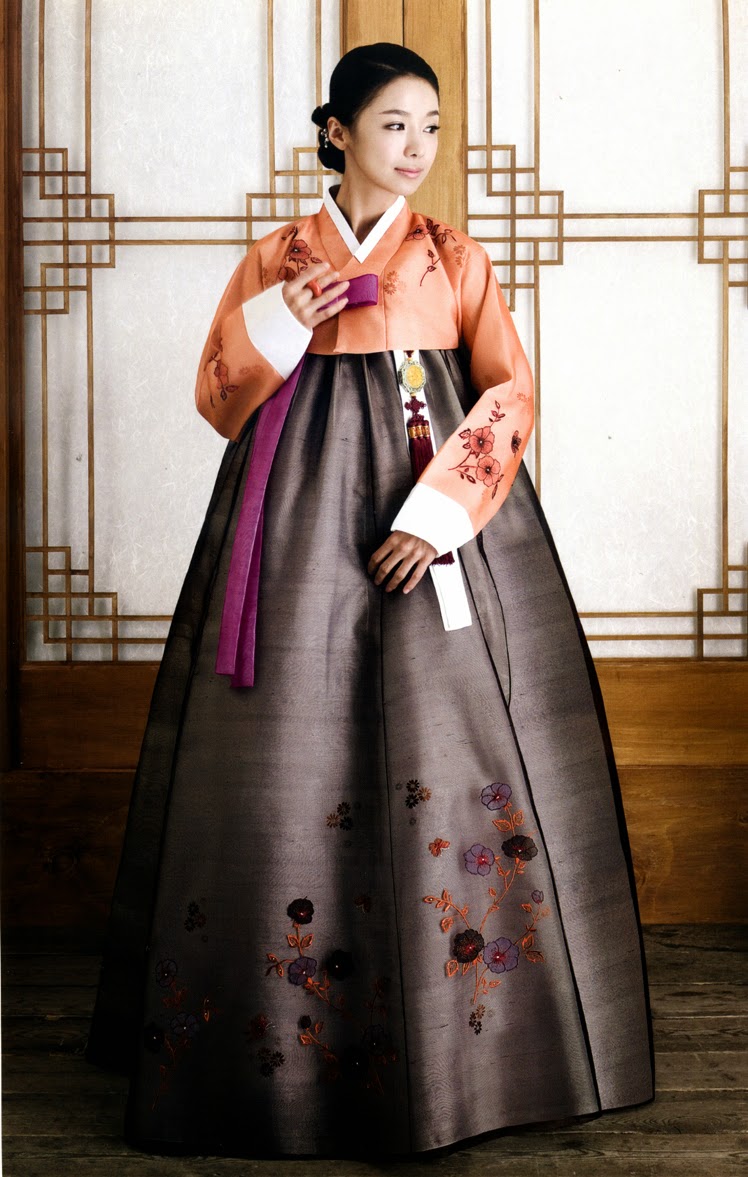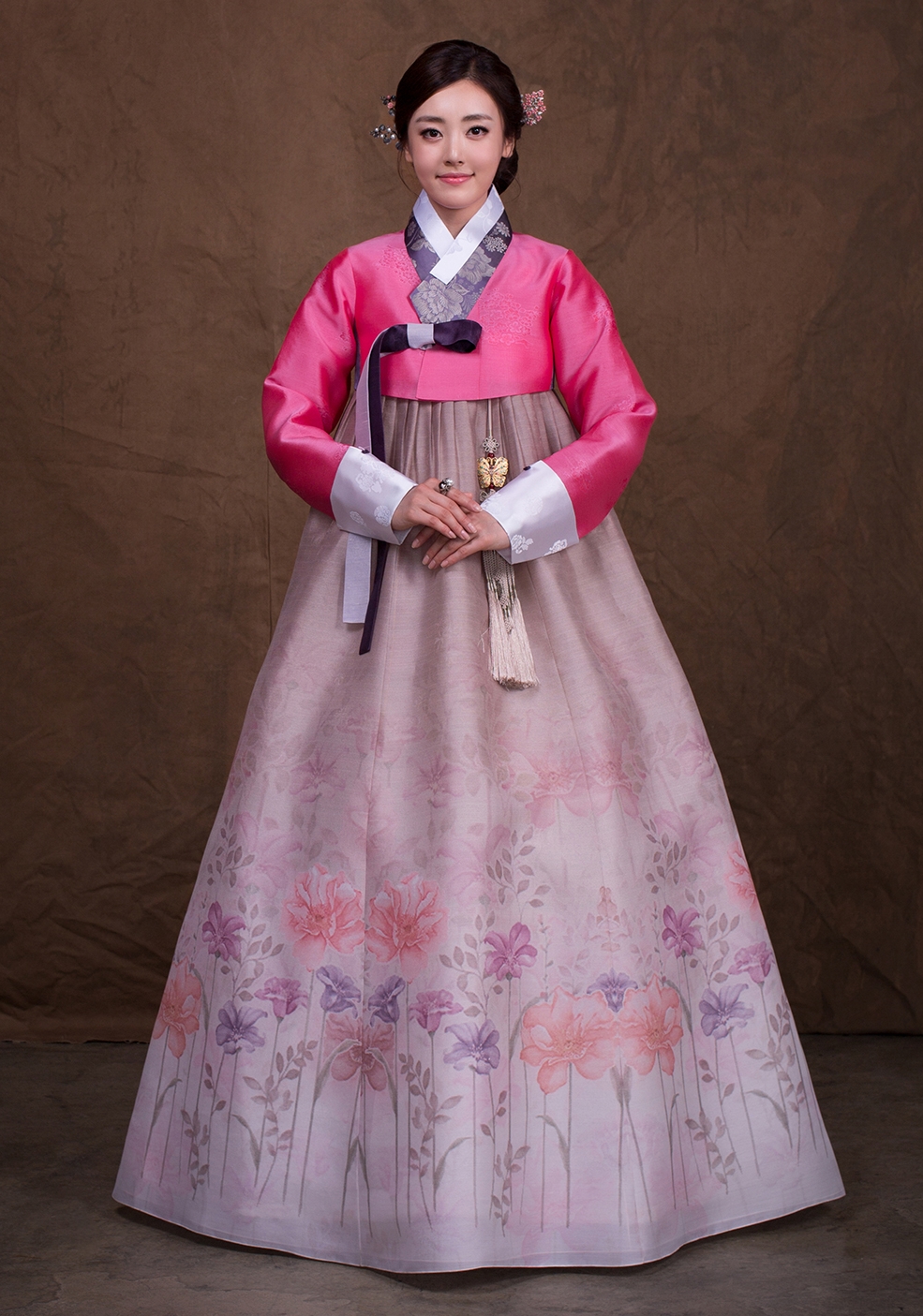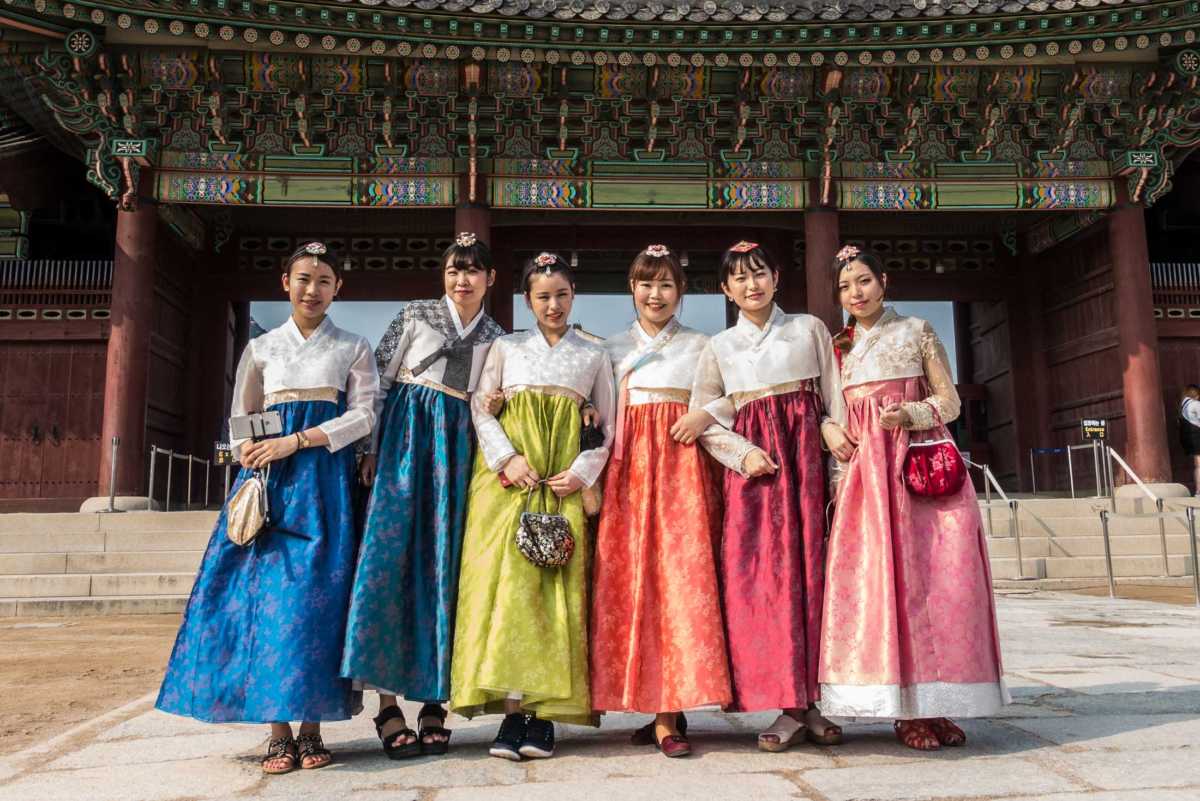Traditional Korean Dress, Hanbok Nari Inven Global

Traditional Korean Clothing Hanbok Dress for Women Ancient Palace Robe V neck National
A Centuries-Old Korean Style Gets an Update. The hanbok, a traditional form of Korean dress, is being embraced by K-pop stars and adapted by innovative designers. Jennie, right, of the K-pop group.

Traditional Korean Dress, Hanbok Nari Inven Global
Korean Traditional Clothing. Along with unique and remarkable food, clothing is a huge part of Korean culture. Typically made with plain and patterned silks and other fabrics with intricate designs typically featuring graceful lines and national symbols, Traditional Korean Clothing is unique, and rich Korean history has been woven into them.

한복 Hanbok Korean traditional clothes[dress] ModernHanbok Traditional dresses, Korean
The term hanbok (한복) actually translates directly to 'Korean clothing'. While this is the literal translation, the term hanbok generally refers to a form of traditional Korean clothing that became common during the Joseon Dynasty (1392-1897). Hanbok was usually worn by the more wealthy members of Joseon society such as aristocrats.
my life korean traditional costume photo studio, Hongdae goguan (korea travel,seoul attraction)
Hanbok - traditional Korean dress. Produced as part of Hallyu! The Korean Wave at V&A South Kensington. Simply meaning 'Korean clothes', 'hanbok' was introduced in the late 19th century by Koreans as a term to help differentiate their everyday dress from a recent influx of western-style clothing. A century later, western clothing had.

Sequined Korean traditional costume hanbok female Korea palace costume hanbok dress national
The Korean hanbok, which has roots in present-day northern Korea, northeast China and part of Mongolia, was designed to facilitate ease of movement.The fundamental structure of the traditional Korean dress, specifically the jeogori (jacket), baji (trousers) and chima (skirt), was established during the Three Kingdoms of Korea (57BCE to 668CE), and the design features have remained relatively.

Hanbok Dress Traditional Korean Ceremony Costume DANGUI Korean Royal Costumein Asia & Pacific
2. The most common type of Korean traditional dress is the hanbok. The hanbok is a two-piece garment consisting of a jeogori (top) and chima (skirt) for women, and a jeogori and baji (pants) for men. The jeogori is a short, fitted jacket, and the chima is a long, flowing skirt.

Traditional Korean Dress, Hanbok Nari Inven Global
Hanbok is a Korean traditional dress dating back centuries. A high-waisted, long skirt is commonly worn on formal occasions, and it is designed with a long waist. Clothing like this has a long and rich history, and it can be traced back to Joseon's cultural exchange period. The style of clothing worn by the Ming Dynasty influenced hanbok.

korean wedding dress traditional (Hanbok) FASHION STYLE
The core of traditional Korean dress lies in its graceful shape and vibrant colors. It has a creative and expressive design, with a slim top and full bottom. Composition of women's dress: A woman's basic structure of hanbok includes a jeogori (jacket) secured by a lengthy tie and a vibrant, flowing skirt chima (skirt).

4 Color Fashion Korean Traditional Dress Women Hanbok Korean Dress Ancient Clothes Luxury Korean
The women's hanbok has a short jacket called 'jeogori' paired with a full skirt that is called 'chima'. The men's hanbok has a short jacket, pants called 'baji', and usually a short coat called 'baeja'. It is the same structure for children's hanbok, with the girls' hanbok being the same as the women's and the boys' hanbok with the men's styles.

Korean Culture Fashion Appreciate the Hanbok Korean Culture Fashion Appreciate the Hanbok
Korean traditional clothing, or Hanbok (한복) - is very pleasing to the eyes and also very comfortable to wear. Unlike traditional attire from other cultures, Hanbok has almost not changed its form for over 1500 years. Although Hanbok is a traditional attire it has not lost its importance.

Korean Traditional Royal Women Clothing Hanbok Dress National Dance Performance Costume Female
Hanbok is the traditional Korean costume. It called Hanbok (한복) in South Korea and Joseon-ot (조선옷) in North Korea. The hanbok we know today refers to the Joseon Dynasty (1392-1910). It is characterized by riot of color and simple lines. Han means ''Korea'' and Bok means ''Clothing''.

Korean Traditional Dress Fashion dresses
The use of Korean traditional dress by females as a source of celebration is indicative of gender difference in upholding cultural traditions. Korean women wear traditional dress to show their love for their country and pride in its unique heritage. Korean males wear traditional dress more sparingly in celebration of life events, such as for a.

Young Women in Traditional Dress, Gyeongbokgung Palace, Seoul, Korea Travel Past 50
The hanbok (Korean: 한복; Hanja: 韓服; lit. Korean clothing) is a traditional clothing of the Korean people.The term hanbok is primarily used by South Koreans; North Koreans refer to the clothes as chosŏn-ot (조선옷).The clothes are also worn in the Korean diaspora, especially by Koreans in China.. Koreans have worn hanbok since antiquity. The earliest visual depictions of hanbok can.

Teatree Korean Traditional Dress Hanbok
Free Shipping Available On Many Items. Buy On eBay. Money Back Guarantee! But Did You Check eBay? Check Out Korean Traditional Dress On eBay.

한복 Hanbok Korean traditional clothes[dress] ModernHanbok wedding Korean wedding dress
Hanbok is the traditional Korean attire made with these materials, typically featuring graceful lines and forms with a serene aura. Korea's traditional clothing, hanbok, has maintained its basic traditional features throughout Korea's 5,000-year history while its styles and forms have evolved in various ways based on the lifestyle, social.

한복 Hanbok Korean traditional clothes[dress] A bride's hanbok worn at a traditional Korean
Korean traditional dress, known as hanbok, is a significant part of Korea's rich cultural heritage. It has evolved over centuries and reflects the country's social and cultural changes. Korean traditional dress is not just a fashion statement; it represents the country's identity, its history, and its values.